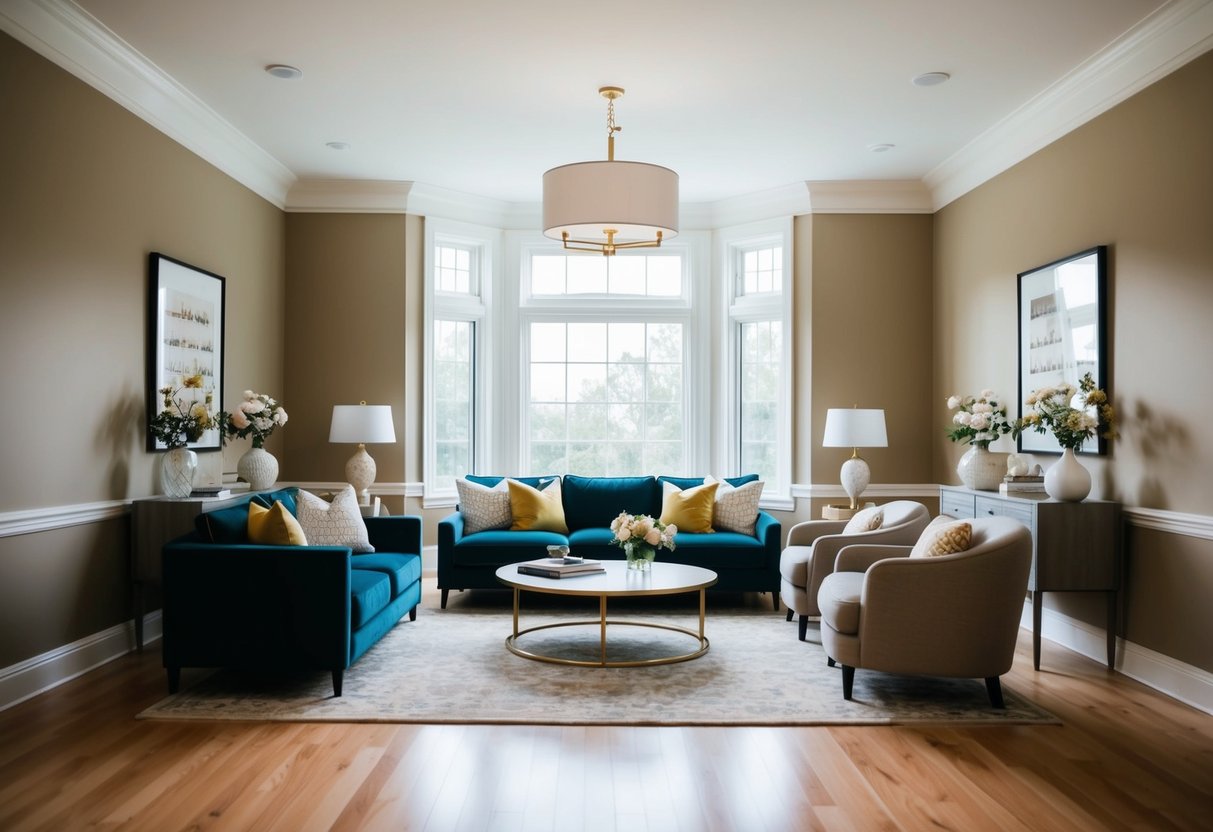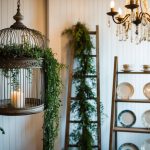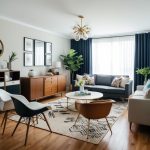Mastering the Art of Room Layout: Optimal Designs for Every Space
Maximizing Aesthetics and Functionality
Achieving a harmonious balance between aesthetics and functionality in room layout demands attention to detail. Effective use of space involves integrating elements like artwork and mirrors to enhance visual appeal while ensuring practical day-to-day use.
Balancing Aesthetic Appeal and Practicality
Creating spaces that are both visually pleasing and functional involves careful consideration of layout and design elements. Furniture arrangement plays a critical role, as it should facilitate movement and interaction while contributing to the room’s overall look. Pieces should be chosen not only for their style but also for how they contribute to the room’s use.
Natural light, leveraged with the strategic placement of mirrors, brightens a room and makes it appear larger. Artworks can serve as focal points, drawing the eye and adding character without cluttering the space. It is essential to ensure that functionality is not compromised in pursuit of beauty. Thoughtful selection of furniture and decor can lead to an inviting and efficient environment.
Selecting Accessories to Enhance Your Space
Accessories serve as the finishing touches that tie a room together, enhancing both aesthetic and utilitarian aspects. Mirrors, while decorative, also reflect light and create an illusion of depth, making them a double-edged addition to many spaces. They can be used to draw attention to certain areas or to amplify natural light.
Artwork personalizes a space and reflects the inhabitant’s personality. It adds color and interest while maintaining harmony with the existing decor. Accessorizing with thought allows individuals to inject personality into their homes. By choosing pieces that resonate on a personal level and fit within the room’s design scheme, the space becomes more engaging and tailored to the occupant’s needs and tastes.
The Importance of Color in Design

Color plays a vital role in interior design by influencing mood and perception. The choice of colors can transform a room, making it feel spacious, cozy, or even energetic, while neutral tones provide balance and harmony.
Choosing the Right Color Palette
Selecting the appropriate color palette is essential for any design project. It involves understanding the emotional and psychological impact of different shades. Warm colors like reds and yellows can create an inviting atmosphere, while cool tones such as blues and greens offer a calming effect. Designers often use the color wheel as a tool to identify complementary and contrasting colors that enhance the visual appeal and functionality of a space.
Creating harmony between walls, furniture, and decorative pieces ensures that the space feels cohesive. Pastel shades are often favored for smaller rooms as they reflect light and provide an illusion of space. The right palette can also highlight architectural features or draw attention to specific areas, ensuring the design meets both aesthetic and practical requirements.



